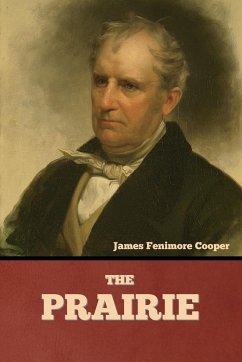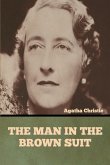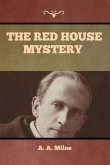The Prairie: A Tale (1827) is a novel by James Fenimore Cooper, the third novel written by him featuring Natty Bumppo. His fictitious frontier hero Bumppo is never called by his name, but is instead referred to as "the trapper" or "the old man." Chronologically The Prairie is the fifth and final installment of the Leatherstocking Tales, though it was published before The Pathfinder (1840) and The Deerslayer (1841). It depicts Natty in the final year of his life still proving helpful to people in distress on the American frontier. The book frequently references characters and events from the two books previously published in the Leatherstocking Tales as well as the two which Cooper wouldn't write for more than ten years. Continuity with The Last of the Mohicans is indicated by the appearance of the grandson of Duncan and Alice Heyward, as well as the noble Pawnee chief Hard Heart, whose name is English for the French nickname for the Delaware, le Coeur-dur. As with The Last of the Mohicans, one of Cooper's major themes in The Prairie is the idea of a noble savage. The book contrasts Hard-heart and the Pawnee tribe-who were at peace with the white settlers-to the warlike Tetons. The Tetons are categorically described as cunning, crafty, deceitful, loathsome and dirty. Hard-heart is brave, fierce, and fights to protect his honor. He refuses to abandon his tribe, even if he loses his life for it. In contrast, Le Balafre once abandoned his tribe to become a Teton, thus saving his own life. In the end, Hard-heart is alive while Weucha and Mahtoree are dead. The doctor, horrified at the possibility of being forced to marry an Indian wife, refers to them as a different species, not homo sapiens. The Tetons are frequently referred to as looking like snakes or with other snake symbolism, such as having "forked tongues". Although Cooper's Indians are frequently stereotypical, so are his white characters. Despite sometimes referring prejudicially to Indians as subhuman, he still presents them in a complex light, a mixture of human and devilish characteristics. Amidst what Cooper describes as primitive or dirty, he lauds their honor, hospitality, laws, etc. The Indians are more complex characters than most or any of the white characters in the book. In The Prairie, the Tetons are the most loathsome, evil characters aside from Abiram, and yet Hard-heart of the Pawnee is the most honorable and brave character after the trapper. (wikipedia.org)
Hinweis: Dieser Artikel kann nur an eine deutsche Lieferadresse ausgeliefert werden.
Hinweis: Dieser Artikel kann nur an eine deutsche Lieferadresse ausgeliefert werden.








